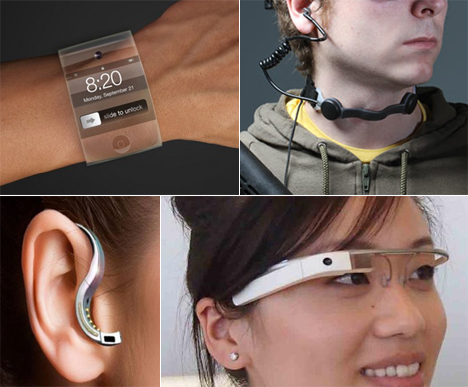 As the potential for smart wearable devices continues to draw new entrants into the market, it is the sports and healthcare functionality that continues to dominate shipments and drives future wearable device adoption.
As the potential for smart wearable devices continues to draw new entrants into the market, it is the sports and healthcare functionality that continues to dominate shipments and drives future wearable device adoption.
The most popular device functionality is heart rate monitoring with close to 12 million devices shipped in 2013. These are primarily single function devices that communicate with nearby hubs such as smartphones or activity sports watches. Pedometers and activity trackers were the next two most popular devices, accounting for around 16 million devices combined in 2013.
The market for wearable computing devices is driven by a growing range of wireless connected wearable sports, fitness and wellbeing devices, says Jonathan Collins, principal analyst at ABI Research. Heart rate and activity monitors will outpace shipments of smart watches and glasses for some years to come and they will also provide the essential foundation for the development of the broader wearable market.
Major consumer device players including Google, Samsung, and Sony have all launched wearable devices in the past year, with Apple widely expected to follow suit this year.Despite the interest and appeal for smart watches and glasses, vendors such as Garmin, Polar, Nike, FitBit and a host of others will continue to ensure that sports and activity sensing remains a key wearable device format well through 2019. Over the next five years wearable devices will increasingly move into healthcare services as well.
Sports, fitness and wellness devices will increasingly be augmented by connectivity to the emerging number of smart watches and glasses devices that become available over the next five years.Likewise, general use wearable devices will increasingly support aspects of health monitoring. The interplay between health monitoring and wearable devices will be crucial in the development of both these markets,adds Collins.
These findings are part of ABI Research™s mHealth Research Service which looks at the rapidly developing market for wearable wireless sensors, by device, by connectivity and by region across sports, fitness and wellbeing, home healthcare, remote patient monitoring, and on-site professional healthcare markets.
ABI Research provides in-depth analysis and quantitative forecasting of trends in global connectivity and other emerging technologies. From offices in North America, Europe and Asia, ABI Research™s worldwide team of experts advises thousands of decision makers through 70+ research and advisory services. Est. 1990. For more information visit www.abiresearch.com, or call +1.516.624.2500.





